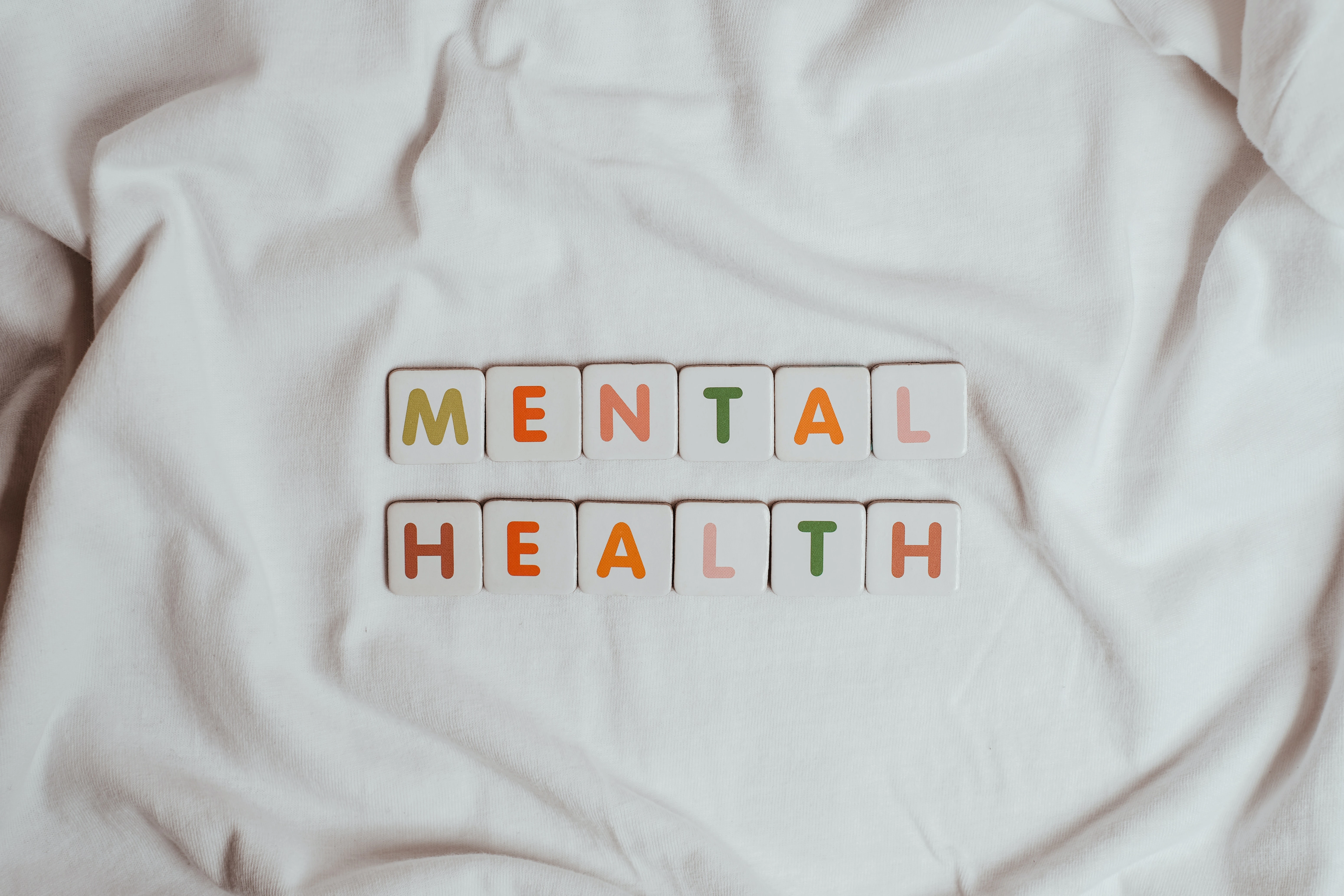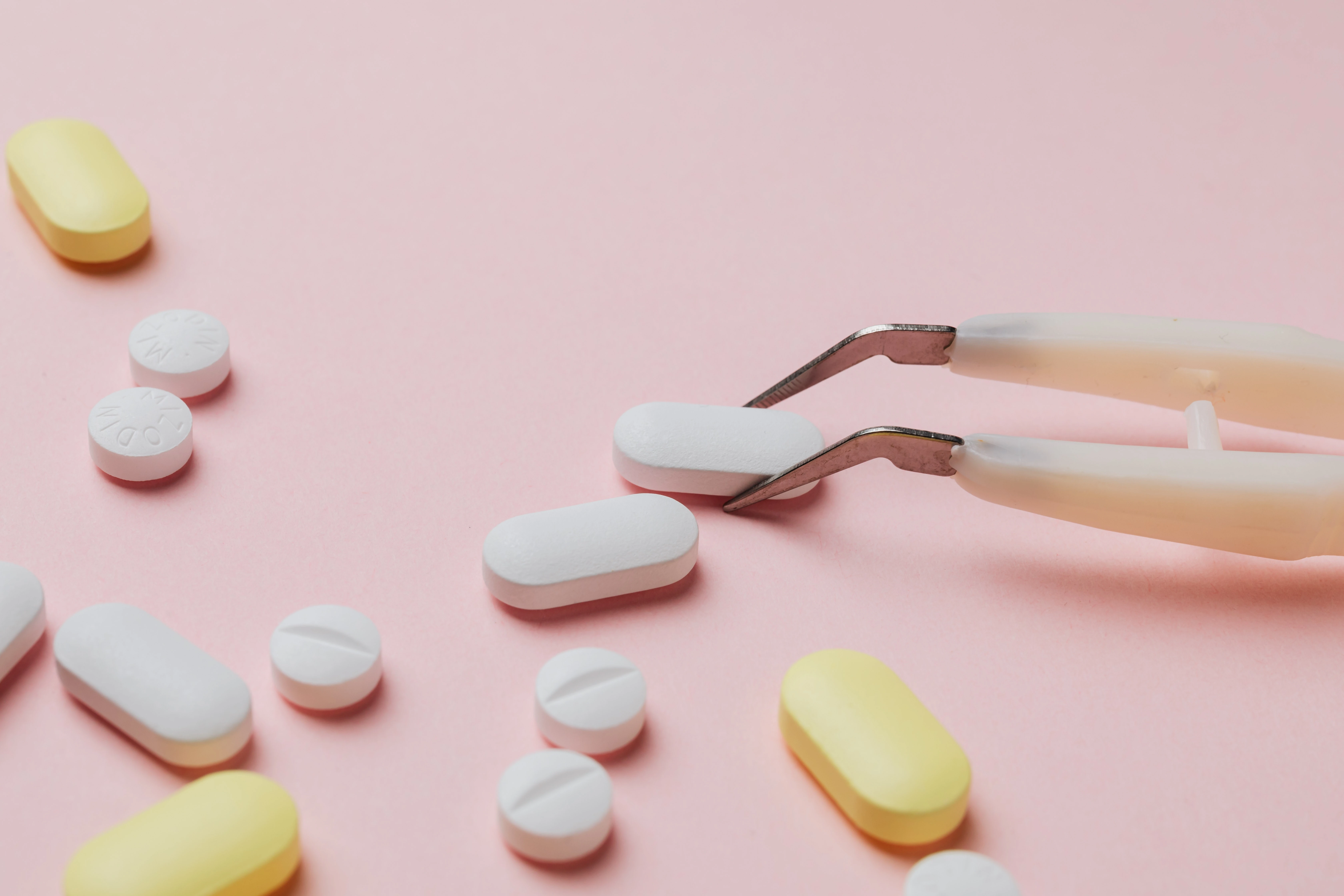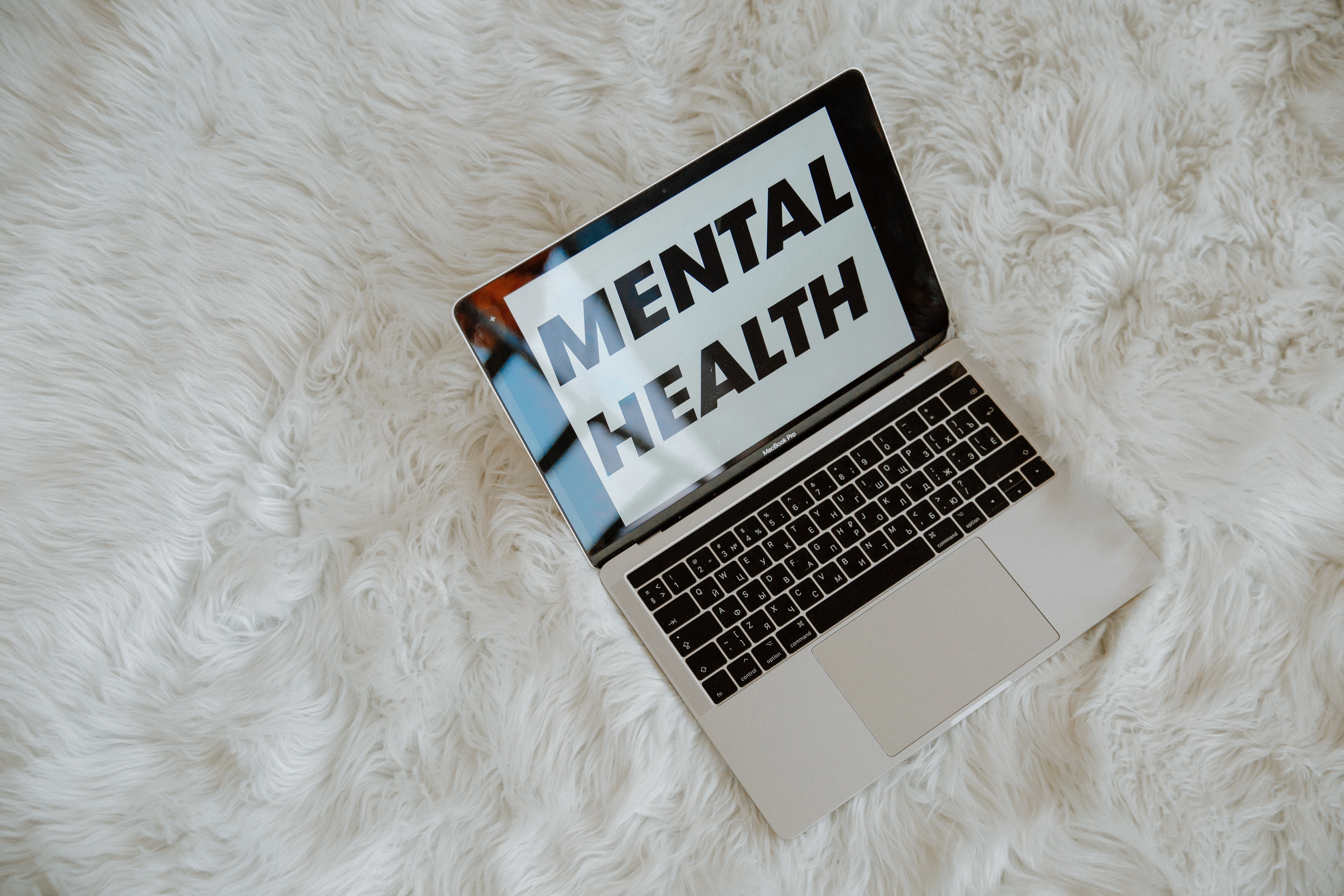Introduction

There are three modern types of treatment options for mentally ill patients namely drug therapy, brain stimulation therapy, and psychotherapy. However, over 60 percent of people with mild or severe mental illnesses do not receive any form of treatment (Steinman, 2009). The reasons are that most treatment options are inadequate, the rates of mental illnesses have stagnated over the years, physicians have limited training, resources, and experience required to convince mentally ill patients to follow a treatment option. The reason that most mentally ill patients hesitate before getting help is that there is limited information on these conditions, in particular on the negative implications of treatments that mentally ill patients use to control mental disorders (Steinman, 2009). The main aim of this essay is to discuss the impact of different treatment options and therapies.
Drug Therapy
Psychiatrists and doctors prescribe a broad range of highly efficient psychoactive drugs to their patients depending on the type of disorder that they have. Psychiatric medication cannot cure mental illness, but they significantly improve the symptoms of the mental disorder (Berke, 2012). To improve the effectiveness of psychiatric medication, it is important for the psychiatrist to combine drug therapy with other forms of treatment such as psychotherapy. The effectiveness of psychiatric medication varies across different patients because the appropriate medication depends on a particular situation and how an individual’s body responds to drugs (McHugh et.al, 2013). There are four classes of psychiatric medication: antidepressants, anti-anxiety medication, antipsychotics, and mood stabilizers.[Need an essay writing service? Find help here.]
- Antidepressants
Antidepressants such as Zoloft, Prozac, Sarafem, Celexa, Lexapro, Paxil, Luvox and Oleptro treat anxiety and depression (Berke, 2012). These drugs improve symptoms such as hopelessness, sadness and lack of interest. The advantage of anti-depressants is that they are not addictive and are therefore not likely to cause dependence. However, these drugs create a wonderful balance of the neurotransmitters, which can make a patient to experience side effects such as low sex drive and agitation, which result from an increase in suicidal thoughts (McHugh et.al, 2013). Long-term use of anti-depressants increases dependency on the artificially high level of serotonin which forces them to fall back into depression once they discontinue the use of the antidepressants. It is no wonder that there is an increase in the number of mentally ill children and adults after the commercialization and widespread use of antidepressants.
- Anti-anxiety drugs
Anti-anxiety medication, Benzodiazepines, or tranquilizers such as Xanax, Valium, Klonopin, and Ativan treat panic disorder or generalized anxiety disorder but may also be used to reduce insomnia and agitation (Berke, 2012). However, long term anti-anxiety drugs act as antidepressants that also help to reduce anxiety (Miklowitz et.al, 2014). Fast acting anti-anxiety drugs offer the patient short-term relief. Fast acting antidepressants can cause dependency if they are used on a long-term basis. Tranquilizers work within half an hour to and are very effective when taken during a devastating anxiety attack. Given the addictive nature of benzodiazepines, they should be made only when a person is having a panic attack or an anxiety episode.
Anti-anxiety medications work by slowing down the nervous system, which eventually calms the patient physically and mentally, However, the higher the dosage administered to the patient, the more intense the unwanted side effects occur (Leucht et.al, 2013). A patient taking antidepressant medication experiences drowsiness, poor coordination, slurred speech, poor concentration, poor memory, stomach upsets, blurred vision, headaches, and confusion. These side effects impede activities in the patient’s school or work life, which might eventually render the patient unproductive (Leucht et.al, 2013).
In some cases, patients taking benzodiazepines experience paradoxical effects such as irritability, agitation, rage, impulsive behavior, mania, and hallucinations, which make the patients, sink further into depression. Some studies indicate that benzodiazepines have a tendency worsening cases with pre-existing depression and can potentially cause treatment-resistant depression. More so, anti-anxiety medication is shown to increase suicidal feelings and cause emotional numbness.
- Mood stabilizing medications
Mood stabilizers such as Lithium, Depakote, Lamictal, Tegretol treat bipolar disorders. A bipolar patient has alternating episodes of depression and mania. In the case of bipolar, mood stabilizers are used together with antidepressants to treat depression. Use of lithium in the treatment of bipolar causes long-term effects to the kidneys. Therefore, lithium is administered to bipolar patients once per day (Miklowitz et.al, 2014). A patient using lithium experiences nausea, diarrhea, tremors, acne, weight gain, increased thirst, and cognitive impairment. A small number of patients risk of chronic renal insufficiency, hypothyroidism with consistent use of lithium. However, it is advised that the doctor should conduct regular laboratory tests and change medication if these risks begin to occur. [“Write my essay for me?” Get help here.]
Depakote, also known as Valproic acid is a medicine used to treat bipolar. Use of valproic acid causes vomiting, diarrhea, hair loss, tremors, and weight gain. Depakote increases the risk for hepatitis and pancreatitis which can be life threatening to the patient if not detected early. The drug decreases clotting factors in the blood, which can cause excessive bleeding in case of an accident. A substitute rug, Carbamazepine causes double vision, ataxia, cognitive impairment, sedation and nausea (Levin & Chisholm, 2015). It also increases the risk of the patient contracting hepatitis, blood abnormalities and severe rash. Carbamazepine also reduces the efficacy of agents in other medications such as the birth control pills.
- Antipsychotic medication
Antipsychotic drugs treat schizophrenia, bipolar disorder and may be combined with antidepressants to treat depression. Antipsychotic drugs help to reduce hallucinations, delusions, thought disorders, extreme mood swings, and even depression. Antipsychotic medication interacts with dopamine to regulate the levels of dopamine. Dopamine is a major neurotransmitter in the brain that affects how we feel as well as control of muscles. (Levin & Chisholm, 2015). If the dopamine system is overactive, it causes a person to experience delusions, hallucinations and thought disorder. Antipsychotic drugs are different from other mental treatments because they make the patient get better without making him or she feel drowsy. However, a large dose of these medicines causes drowsiness, and it is only administered in such amounts if the patient is distressed or over agitated.
There are two types of medications namely typical and atypical antipsychotics. The typical or the old generation antipsychotics block actions of the dopamine, which results in low libido, low blood pressure, stiffness, slowness, restlessness, and breast swelling and tenderness

(Bersani et.al, 2013). Typical antipsychotics include hardol, orap, largactil, Stelazine and dolmatil. The doctor usually prescribes anticholinergic drugs such as orphenadrine, used for the treatment of Parkinson’s disease. It is used to control side effects of the typical drugs. In the long term, one out of twenty patients using typical antipsychotics gets tardive dyskinesia, continuous and involuntary movement of the tongue, mouth, and jaw (Miklowitz et.al, 2014).
Atypical psychotics work the same as older generation antipsychotics, but they block dopamine to a lesser extent. Examples of atypical antipsychotics are solian, Abilify, Zyprexa, Seroquel, Risperdal and Clozaril (Bersani et.al, 2013). They also work on the serotonin, which reduces the effect of potential side effects. Doctors to treat depression also use atypical antipsychotics, and when they are combined with antidepressants, they treat schizophrenia much more efficiently. Compared to older generation drugs, atypical medication is less likely to cause tardive dyskinesia and Parkinson related effects and more likely to result in weight gain, diabetes, and low libido. Atypical antipsychotics help much better with poor self-care, motivation, and lack of interest much better than old generation antipsychotics (Bersani et.al, 2013). Clozapine is the most effective antipsychotic since it has proved to deliver better results than any other drug and it reduces suicidal feeling in schizophrenic patients. However, clozapine may affect the patient’s bone marrow, which reduces the number of blood cells and can consequently increase the risk of infection (Levin & Chisholm, 2015). The effects of drug therapy are difficult to monitor, but they provide mentally ill patients a better quality of life.
[Click Essay Writer to order your essay]
Brain Stimulation Therapies
There are many types of brain stimulation therapy namely electroconvulsive therapy, repetitive transcranial magnetic stimulation and vagus nerve stimulation (Berke, 2012).
- Electroconvulsive therapy
In electroconvulsive therapy, electrodes are attached to the head while the patient is sedated. A series of electric shocks are delivered to the patient to induce a seizure. Electroconvulsive therapy has shown tremendous improvement among patients with severe depression. However, these patients experience temporary memory loss (Berke, 2012). Contrary to how the treatment option has been portrayed in the media, electroconvulsive therapy is safer because it has fewer side effects compared to drug therapy.
ECT causes headaches and muscle aches to patients after the procedure. Some patients become distressed and may be frightened during the recovery process. However, these symptoms for most patients after few hours of treatment with the help of nurses who administer pain killers (Liu et.al, 2014). ECT is known to cause temporary memory loss and confusion after the procedure. ECT causes contraction of the patient’s jaws, which may damage his tongue, lips, and teeth in cases where the patient has dentures or bridges. Long-term memory problems are likely from a series of ECT procedures conducted for an extended period (Liu et.al, 2014). A few patients may complain about personality changes after the ECT procedures which implies that they have lost skills or traits they had before therapy.
- Repetitive transcranial magnetic stimulation
TMS is a non-invasive procedure that involves placing a coil on the scalp that generates magnetic fields for few seconds in the treatment of depression and other brain disorders. This process is repeated in the course of a twenty minutes session. The magnetic field stimulates the brain to alleviate mental illness that have antidepressant medication has failed to cure. TMS has a few side effects such as headaches, discomfort in the area of stimulation, light-headedness and spasm of the facial muscles. In rare cases, patients under TMS experience mania especially for bipolar patients, hearing loss and seizures (Bersani et.al, 2013). However, a doctor cannot use TMS for patients with medical conditions such as brain tumors or CSF shunts. [Click Essay Writer to order your essay]
- Vagus nerve stimulation
VNS is a procedure that uses electrical impulses to stimulate brain centers that regulate motivation, sleep, mood, and appetite. VNS is used for the treatment of recurring and chronic depression and bipolar mental disorder. VNS acts as a pacemaker for the brain because it delivers electrical impulses to the brain at regular intervals. Unlike TMS, the doctor surgically implants a VNS device in the upper chest and connects it to the vagus nerve (Berke, 2012) Studies indicate that VNS has improved the quality of life and relapse rates for depressive episodes of 30 percent patients with chronic depression and type II bipolar. However, rapid cycling bipolar, schizophrenia, acute suicidal behavior, and severe personality disorders exclude some patients from receiving VNS. Mentally ill patients with progressive neurological disorders, previous brain injury, lung problems, vasovagal syncope, heart arrhythmias, and sleep apnea do not qualify for VNS therapy (Liu et.al, 2014). Patients who fail to respond to psychotherapy and drugs are the only ones allowed to use brain stimulation therapies as a last resort.

Psychotherapy
Psychotherapy, also known as talk therapy, is a therapy that involves creating a supportive relationship between the psychiatrist and the patient. An accepting and empathetic environment helps the patient to identify sources of problems and develop alternatives to solve them. Emotional insight helps the person with the mental disorder to change his behavior and attitude and live a more satisfying life. However, in cases where the patient has chronic mental illness, psychotherapy is not sufficient and requires drug and brain stimulating therapies (Steinman, 2009). There are six types of psychotherapy namely psychoanalysis, supportive psychotherapy, cognitive therapy, behavioral therapy, psychodynamic therapy, and interpersonal therapy.
Supportive psychotherapy entails developing a supportive environment that allows a personal with a mental disorder to express his emotions that help with problem-solving. However, this form of therapy receives petite time and resources in the professional training curriculum which leaves a significant number of professionals on the fundamental process and nature of supportive psychotherapy. Psychoanalysis is a form of psychotherapy where the patient attempts to say whatever comes to mind (Miklowitz et.al, 2014). This information helps to understand patterns of behavior. Behavioral and cognitive therapy identifies distortions in thinking and how they affect the patient’s their daily lives. However, these forms of psychotherapy do not provide solutions to the patient and must be combined with drug therapy or supportive psychotherapy.
References
Bersani, F. S., Minichino, A., Enticott, P. G., Mazzarini, L., Khan, N., Antonacci, G., … & Fitzgerald, P. B. (2013). Deep transcranial magnetic stimulation as a treatment for psychiatric disorders: a comprehensive review. European Psychiatry, 28(1), 30-39.
Berke, J. H. (2012). Beyond Madness: Psychosocial interventions in psychosis. London: Jessica Kingsley Publishers.
Leucht, S., Cipriani, A., Spineli, L., Mavridis, D., Örey, D., Richter, F. & Kissling, W. (2013). Comparative efficacy and tolerability of 15 antipsychotic drugs in schizophrenia: a multiple-treatments meta-analysis. The Lancet, 382(9896), 951-962.
Levin, C., & Chisholm, D. (2015). Cost-effectiveness and affordability of interventions, policies, and platforms for the prevention and treatment of mental, neurological, and substance use disorders. Mental, neurological, and substance use disorders: disease control priorities, 4, 219-36.
Liu, A. Y., Rajji, T. K., Blumberger, D. M., Daskalakis, Z. J., & Mulsant, B. H. (2014). Brain stimulation in the treatment of late-life severe mental illness other than unipolar nonpsychotic depression. The American Journal of Geriatric Psychiatry, 22(3), 216-240.
McHugh, R. K., Whitton, S. W., Peckham, A. D., Welge, J. A., & Otto, M. W. (2013). Patient preference for psychological vs. pharmacologic treatment of psychiatric disorders: a meta-analytic review. The Journal of clinical psychiatry, 74(6), 595-602.
Steinman, I. (2009). Treating the “untreatable”: Healing in the realms of madness. London: Karnac Books.
Miklowitz, D. J., Schneck, C. D., George, E. L., Taylor, D. O., Sugar, C. A., Birmaher, B., … & Axelson, D. A. (2014). Pharmacotherapy and Family-focused treatment for adolescents with bipolar I and II disorders: a 2-year randomized trial. American Journal of Psychiatry.







